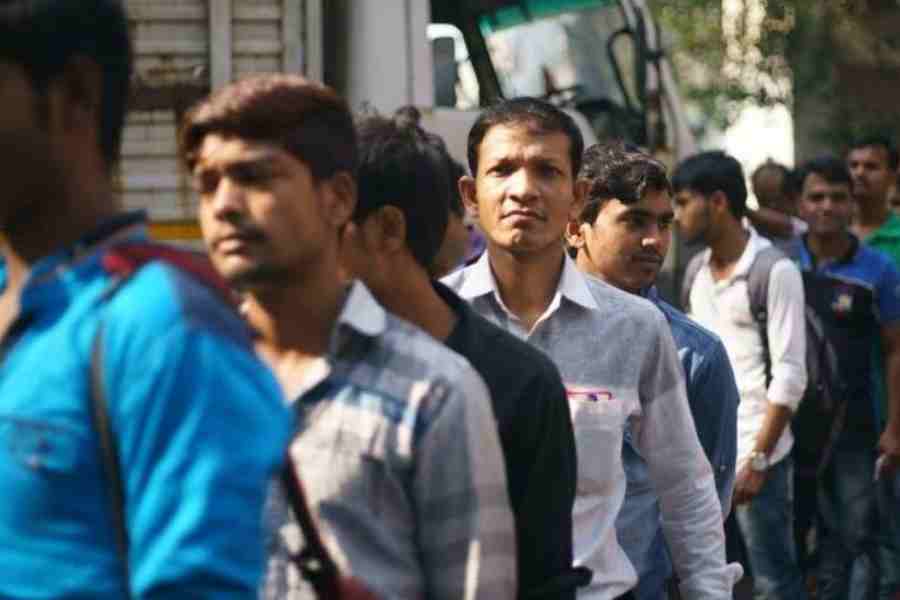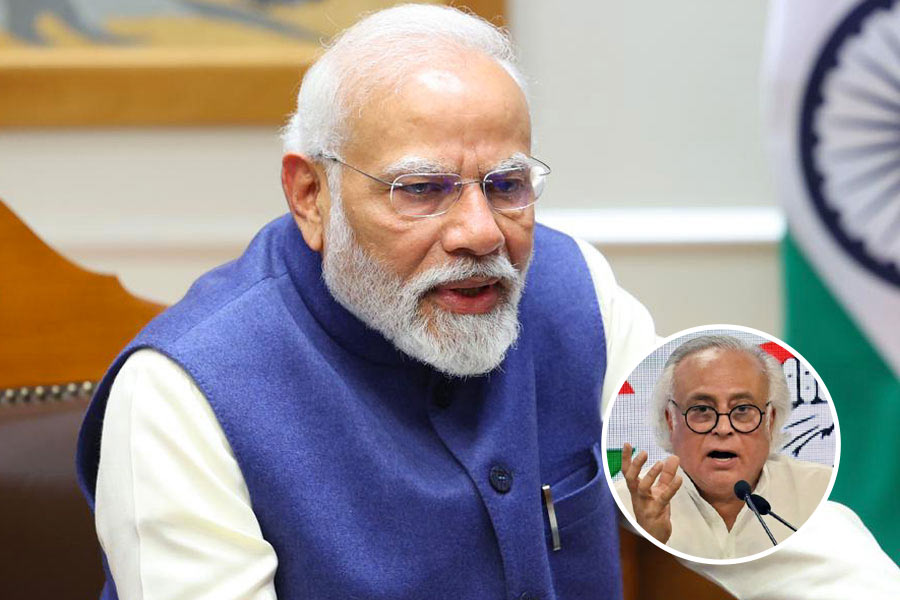The unemployment rate in India remained unchanged at 3.2 per cent in 2023-24 but a government survey has raised fears of a decline in job quality, showing stagnation in manufacturing jobs and a larger participation in the low-earning occupation of agriculture.
Further, the rise in the proportion of the “self-employed” was powered mainly by agriculture, particularly unpaid family labour such as women helping out with farming or other family enterprises, labour economist Santosh Mehrotra said.
Those in unpaid family labour account for nearly a fifth of the employed in India, and about a third of the self-employed, as shown by the Periodic Labour Force Survey (PLFS) 2023-24.
Unlike the PLFS, the International Labour Organisation does not consider unpaid family labour a category of employment.
A labour ministry official underlined that the PLFS 2023-24 had shown “a nearly one percentage point rise” in the proportion of those engaged in jobs that pay regular salaries or wages.
“This is supported by data from the Employees’ Provident Fund Organisation,” the official said. According to EPFO data, nearly 10 lakh formal jobs are being created every month.
The survey, whose findings were released by the National Sample Survey Office this week, covered 101,920 households between July 2023 and June 2024. It comes at a time the Narendra Modi government has been under fire over the job situation.
The Worker-Population Ratio — the proportion of employed people in the population — was up from 56 per cent in 2022-23 to 58.2 per cent in 2023-24 for those aged above 15.
According to the PLFS, 46.1 per cent of the workforce was engaged in agriculture in 2023-24, up from 45.8 per cent the previous year and 45.5 per cent in the year before.
Mehrotra, a visiting professor at the University of Bath (the UK), said this represented the reversal of recent trends.
He said that for the 50 years leading to 2004, the absolute number of workers in agriculture grew but their proportion among the workforce fell. After 2004, non-farm jobs grew and agriculture began shedding workers in absolute terms too. But the trend has reversed after 2019, he said.
Mehrotra said three policy shocks — the November 2016 demonetisation, unplanned implementation of the Goods and Services Tax in 2017, and the complete lockdown during the Covid pandemic — had slowed the growth rate and depleted non-farm jobs.
About 6 crore workers were added to the farm sector between 2018-19 and 2022-23, he said.
“Employment generated by the manufacturing sector has fallen. The governments’ policies have reversed the structural change. The shift should be towards manufacturing and service sector jobs from the farm sector. But we see the opposite on the ground,” Mehrotra said.
He said unpaid family labour had decreased till 2017-18 before witnessing a rise that was continuing.
According to PLFS 2023-24, the share of the self-employed has increased to 58.4 per cent in 2023-24 from 57.3 per cent in 2022-23 and 55.8 per cent in 2021-22.
The self-employed include two categories: own-account workers and employers — such as businessmen, consultants and private medical practitioners and lawyers — and helpers in household enterprises.
The percentage of people engaged as helpers in household enterprise, which is mainly unpaid family labour, increased from 17.5 per cent of the workforce in 2021-22 to 18.3 per cent in 2022-23 and 19.4 per cent in 2023-24.
“The engagement of rural women in agriculture and self-employment in family enterprises has been on the rise in the last four years. This is the worst form of employment you can think of,” Mehrotra said.
“This marks a reversal of the trend since 2004-5 when women started increasingly leaving agriculture and self-employment.”
Mehrotra added: “In recent years, the micro, small and medium enterprises sector — which generated jobs — suffered heavily because of policy shocks. The government’s production-linked incentive schemes have failed to create jobs. The focus should be on promoting the MSMEs.”
The survey found the unemployment rate — the proportion of the workforce without a job — unchanged at 3.2 per cent since the previous year, after the four-decade low of 6 per cent in 2017-18 and further slides during the Covid pandemic.











